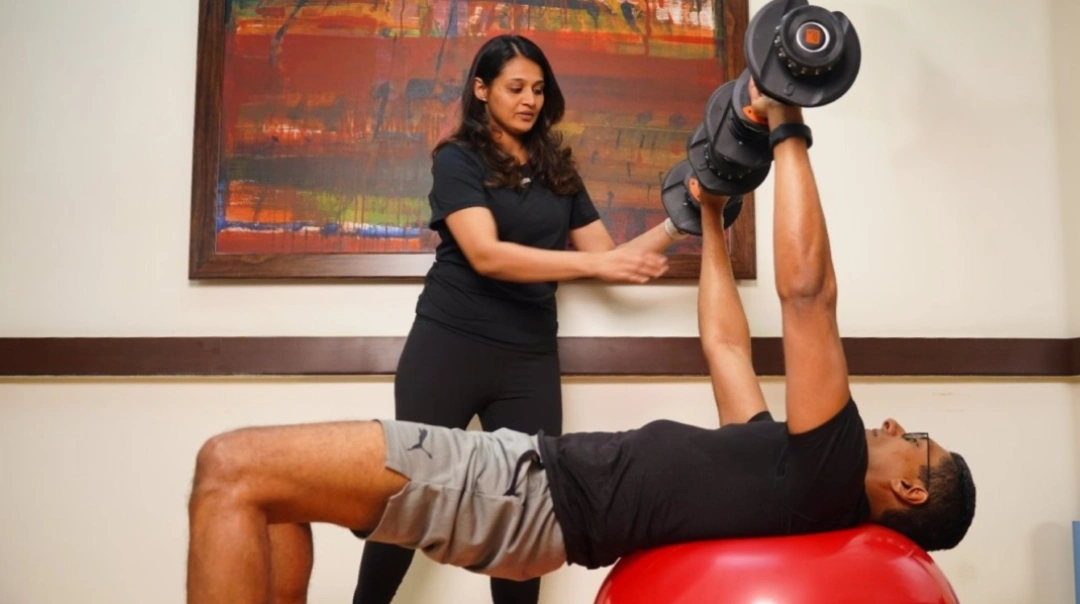Recovery has become a buzzword in fitness and wellness circles—and for good reason. In today’s fast-paced world, where we push through workouts, juggle demanding schedules, and manage chronic aches or injuries, how we recover can make all the difference. As a physiotherapist, I often remind clients: your body doesn’t grow stronger during the workout—it adapts, rebuilds, and regenerates between sessions.
But recovery doesn’t have to mean expensive gadgets, ice baths, or the latest biohacking trend. The truth is, the most effective tools are often the simplest—and the ones most people tend to overlook.
Here’s a physiotherapist’s take on three powerful, evidence-based pillars of recovery that form the foundation of any resilient, high-performing body:
1. Smart Load Management: Progress, Not Just Push
In a culture that glorifies “doing more”—more steps, more sessions, more intensity—it’s easy to forget that more isn’t always better. In fact, when it comes to building strength, stamina, or bouncing back from injury, less can often be more.
Recovery isn’t just about what you add—it’s also about what you adjust. This is where load management becomes critical. Without it, you run the risk of overtraining, burnout, and injury.
From a physiotherapy standpoint, smart load management means:
- Structuring in rest or deload weeks
- Alternating hard and easy sessions
- Modifying intensity based on pain, fatigue, or life stress
- Respecting the body’s signals instead of overriding them
2. Sleep: The Ultimate Recovery Tool
You can eat clean, train smart, and foam roll daily—but if you’re not sleeping enough, you’re still leaving gains (and recovery) on the table.
Sleep is when your body:
- Repairs tissues and regenerates muscle fibers
- Regulates inflammatory processes
- Resets hormones like cortisol and growth hormone
- Recalibrates the nervous system
Research consistently shows that poor sleep increases your risk of injury, slows down healing, and reduces both physical and mental performance. It’s not just about duration, but quality and consistency too.
Aim for 7–9 hours per night, and try to maintain a regular sleep-wake cycle. Small habits like limiting screen time before bed, winding down with a calming routine, and keeping your sleep space cool and dark can all support better rest.
Remember: prioritizing sleep isn’t lazy—it’s the smartest recovery investment you can make.
3. Active Recovery: Move Without the Burn
When you’re sore, tired, or nursing an injury, the temptation might be to do nothing at all. But complete rest isn’t always the answer. In fact, staying still for too long can slow recovery, increase stiffness, and leave you feeling sluggish.
Active recovery—gentle, low-impact movement—helps:
- Increase blood flow to healing tissues
- Flush out metabolic waste
- Maintain mobility and joint health
- Calm the nervous system
Some great examples of active recovery include walking, cycling, swimming, mobility drills or
breath-focused yoga or Pilates, The key is to move in ways that feel restorative, not taxing. Active recovery helps you maintain momentum—without tipping your body into overload. Recovery doesn’t need to be complicated or expensive. While ice baths, massage guns, and supplements can play a role, the real magic lies in the basics:
At Genesis Sports Physiotherapy Clinic, we believe that sustainable performance isn’t just about pushing hard—it’s about knowing when and how to rest smart. Recovery is a skill—and just like strength or endurance, it can be trained and optimized.
So next time you think about doing more, ask yourself: have I recovered enough to keep moving forward?

